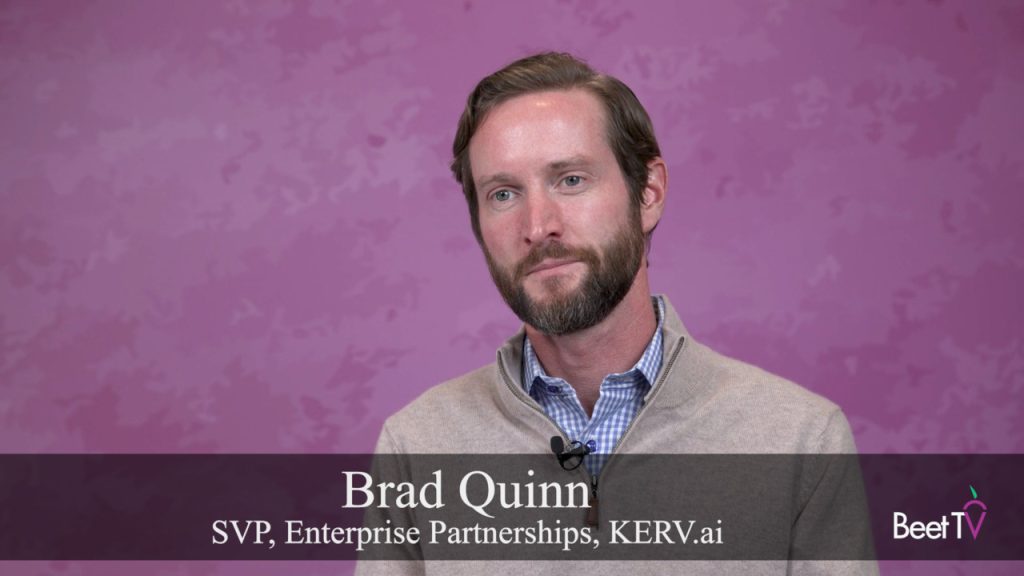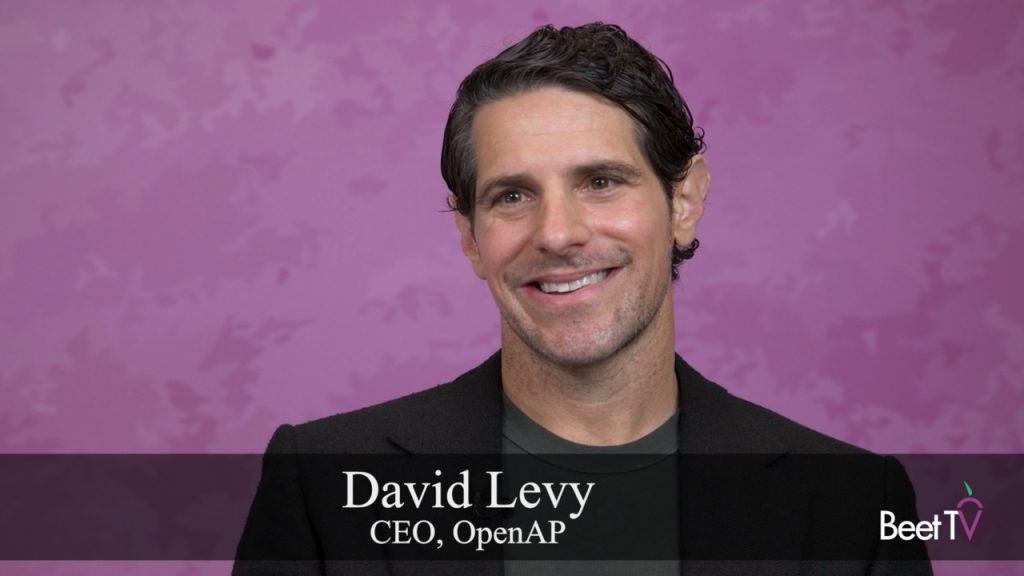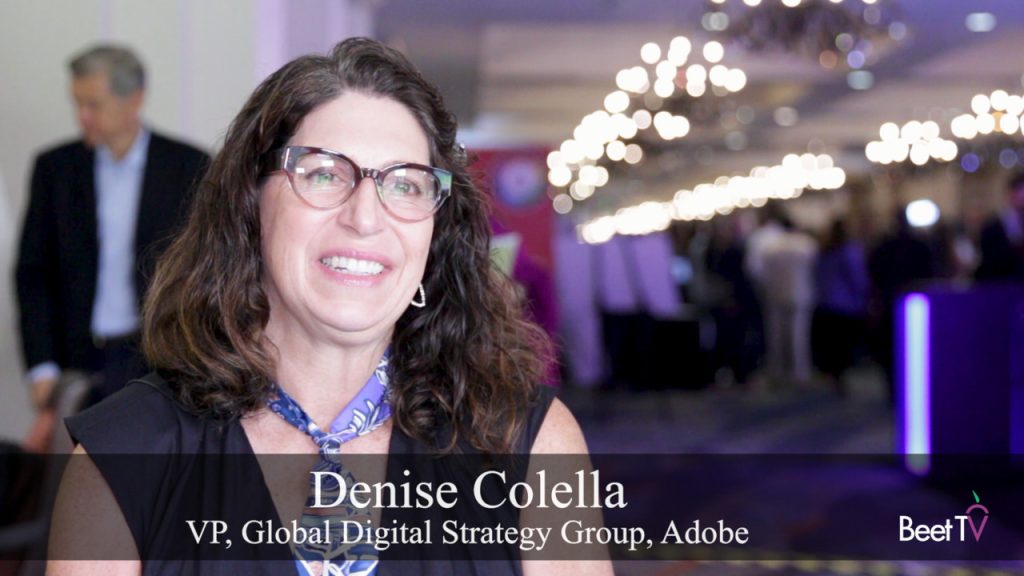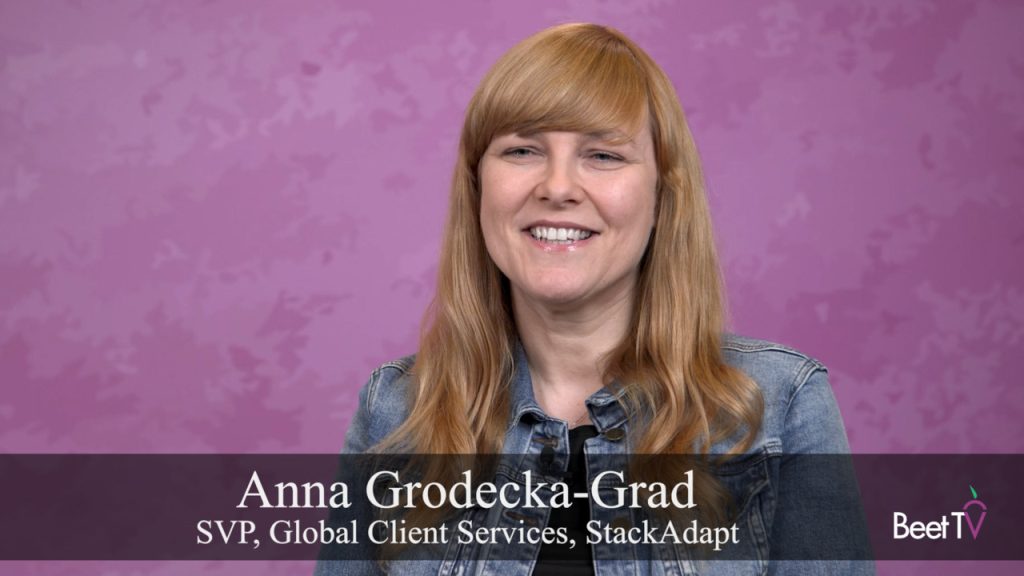The cord-cutting trend has picked up steam in the past year as more households discover the variety of programming from streaming services, including ones that don’t charge a monthly subscription fee. These ad-based video on demand (AVOD) platforms also offer marketers a way to reach target audiences with customized ads.
“The shift toward streaming is going to be probably bigger than it’s ever been this year,” Mark Rotblat, chief revenue officer at Tubi, the AVOD service owned by Fox Corp., said in this interview with Beet.TV. “Advertisers are recognizing they need to go where the eyeballs are.”
Advertisers will expand their spending on AVOD services in the U.S. from $4.4 billion last year to $17.8 billion by 2025, MoffettNathanson Research predicted.
As part of Fox, Tubi gives advertisers greater flexibility to reach audiences among the company’s broader portfolio of linear and digital video channels, which Rotblat describes as programming “pillars.”
“Certainly, there are those that want a place within different pillars,” he said. “Others are looking for ways to be a little bit more fluid in that they want a one-stop shop to then allocate across the different platforms, and be able to do so in a way that reaches their audience more fluidly.”
Rotblat said he expects to see more innovation in the software that marketers and their agencies use for their planning, buying and measurement among various media channels. They also can make quick changes to optimize their campaigns.
“It’s an exciting time for that, and there will be a lot more of that happening this year,” he said. “You know you need to buy streaming. You know you need to reach audiences everywhere, but how much? These planning tools do that.”
Audience-Based Targeting
As an ad-supported company, Tubi is focused on providing programming that drives viewership and engages audiences rather than what urges people to pay a subscription fee, Rotblat said. Tubi’s content recommendation engine makes the experience different for each viewer, based on their preferences.
“For us, it’s about having the largest library — which we have by a long shot — and then having the best personalization,” he said. “We’re using this content intelligence not just to serve our viewers from a personalization standpoint, but also … to develop new tools, new advertising-specific opportunities both in targeting and in insights that help on the context side.”
Rotblut sees Tubi as a hybrid between traditional TV that uses programming context “as a proxy for audience” and digital platforms that offer one-to-one targeting to specific consumers.
“There’s a very deep and rich middle ground where context could be gained in this space that has tens and hundreds of thousands of titles,” he said, “but the genres alone often don’t provide the richness of information that advertisers and agencies need to really understand the context. This is a space where we’re taking those tools for personalization, and our content intelligence, and giving rich insights back to the advertisers.”
You are watching “Optimizing a Rapidly Converging TV & Video Marketplace: What’s Next,” a Beet.TV leadership series presented by Amobee. For more videos, please visit this page.










































